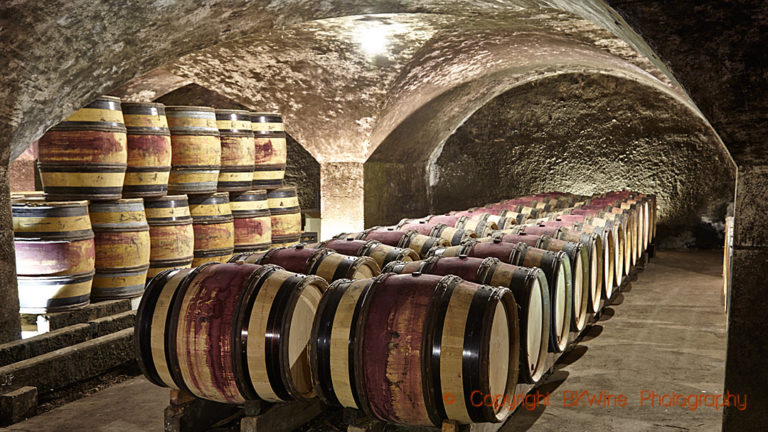The discussion about sulphites in wine has been going on for a long time. Sulphites are added to most wines to stabilize them and protect them from premature oxidation and defects. How much you add varies depending on the type of wine. That the amount has decreased in recent years is quite certain but by how much?
The French Association of Oenologists, the Union des Oenologues de France, surveyed its members. 468 responded to the survey. The conclusion was drawn that the sulphite levels have decreased by around 25% in the last 10 years.
The most significant reduction is for whites and rosés. 71% of these wines contain, according to the oenologists surveyed, less than 100 mg/l SO2 in the bottle compared to 26%, according to the same oenologists, ten years ago. The maximum level for conventional dry white wine is 200 mg/l, and for organic wine, 170 mg/l.
Red wines fare better with lower sulphite content thanks to their polyphenols. 96% of red wines contain less than 100 mg/l compared to 59% ten years earlier. For red wines, the highest permitted level for conventional red wine is 150 mg/l, and for organic, 120 mg/l. Interesting figures.
Read more vitisphere












